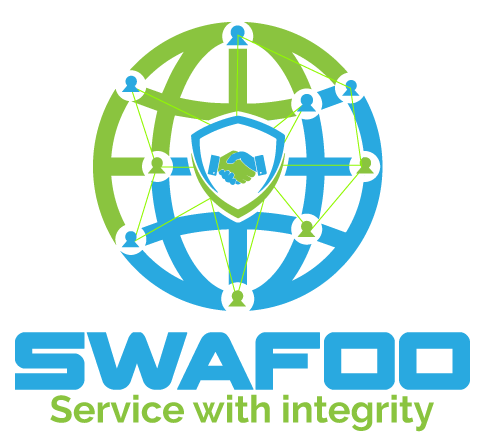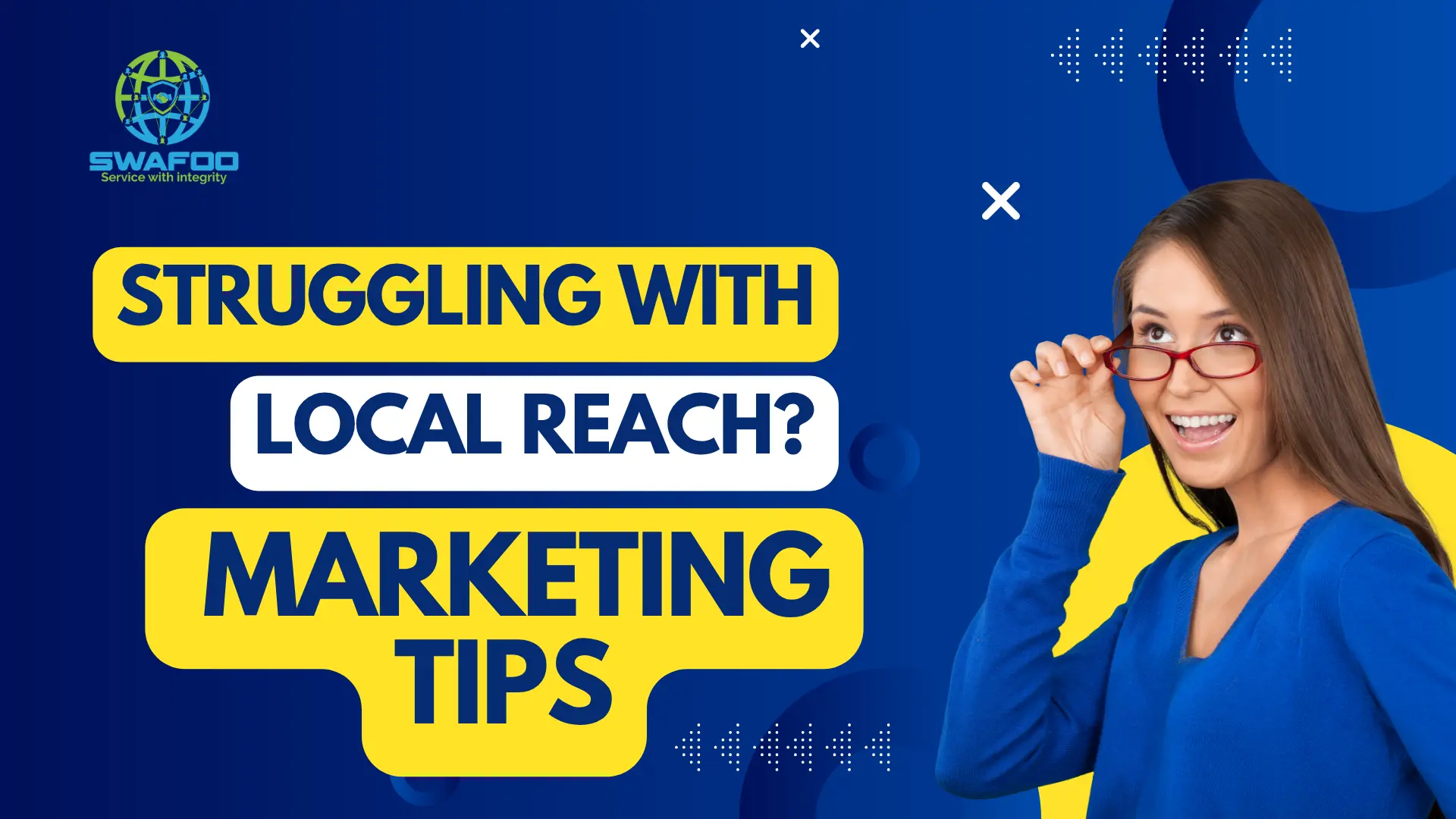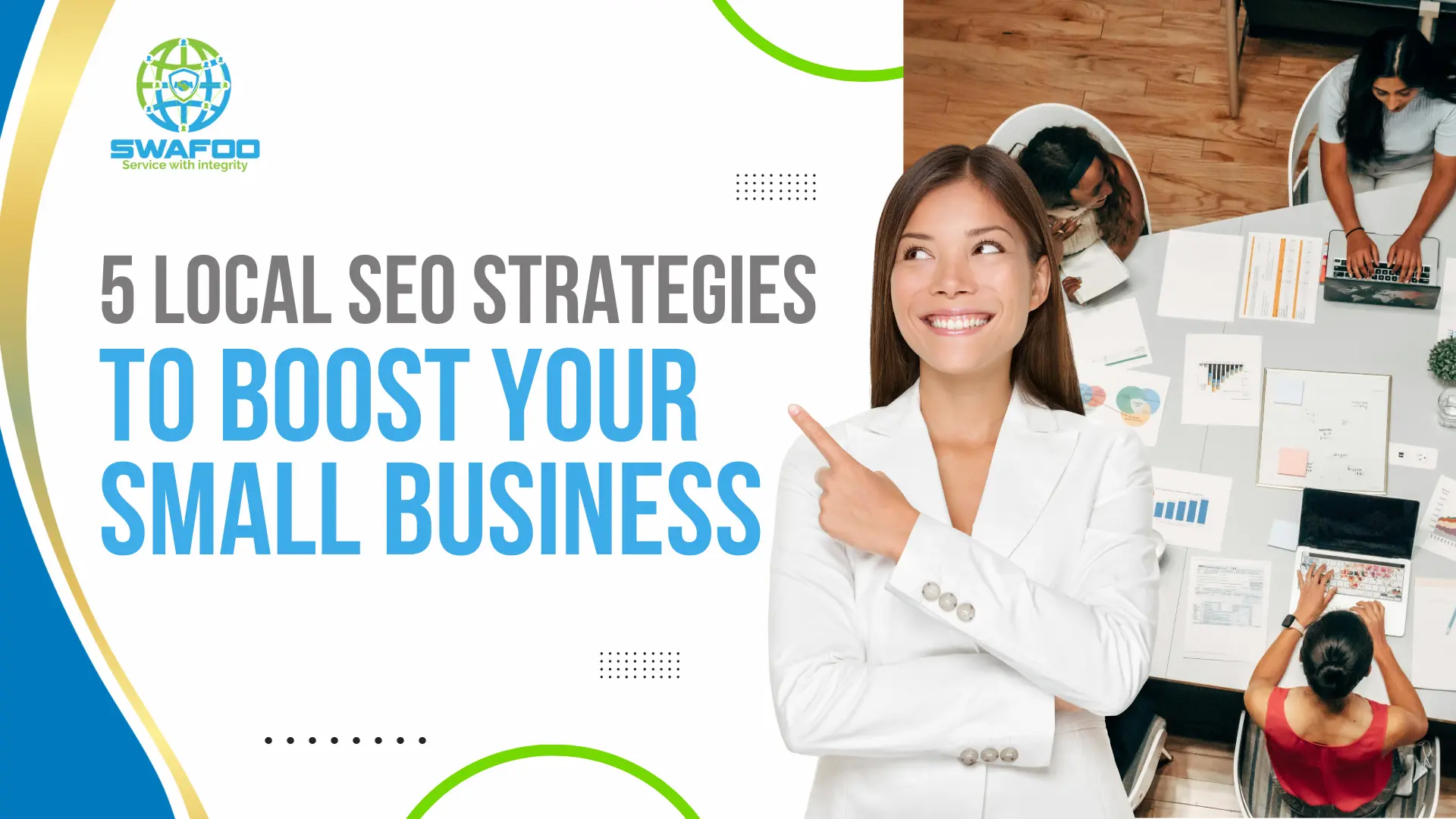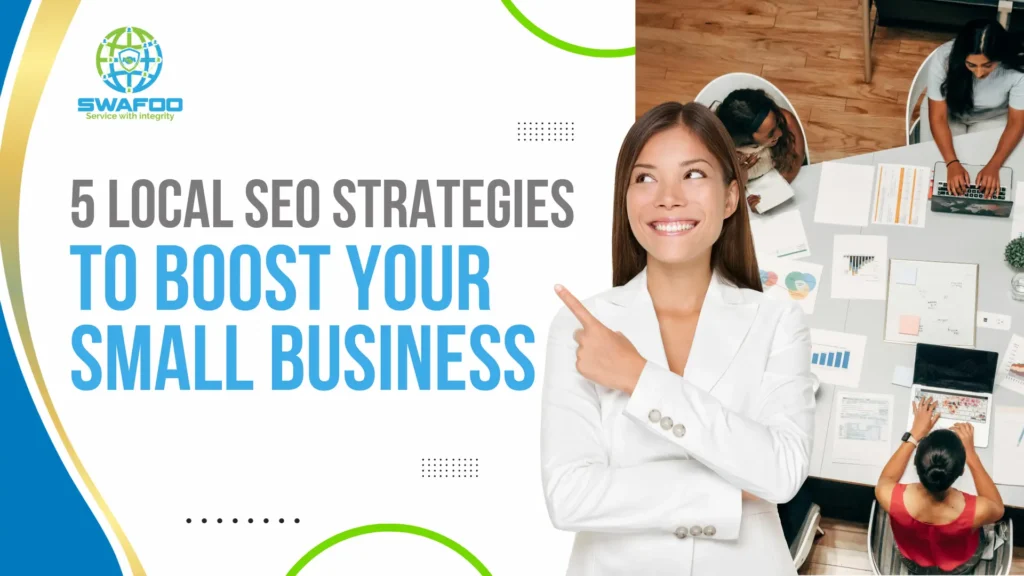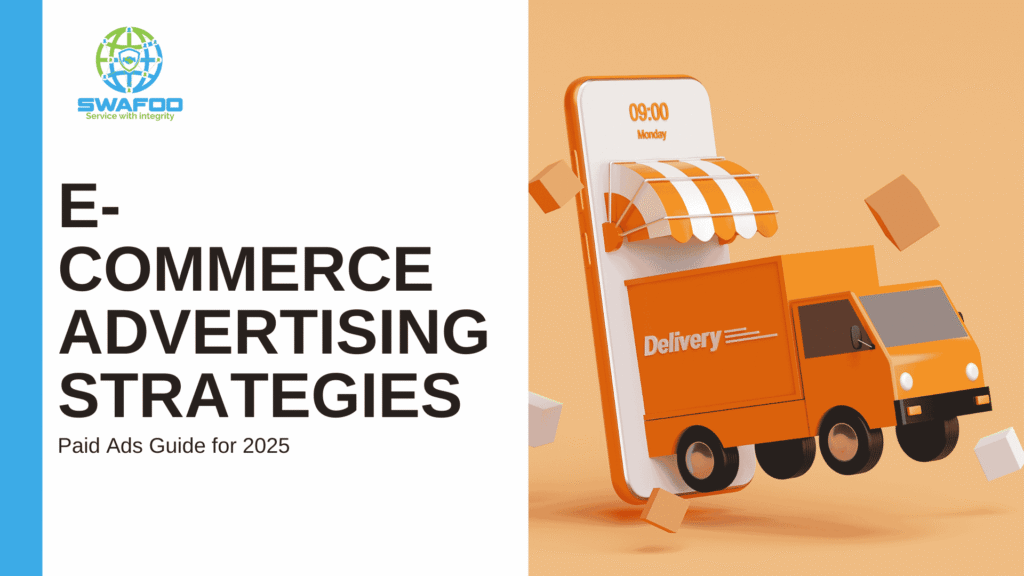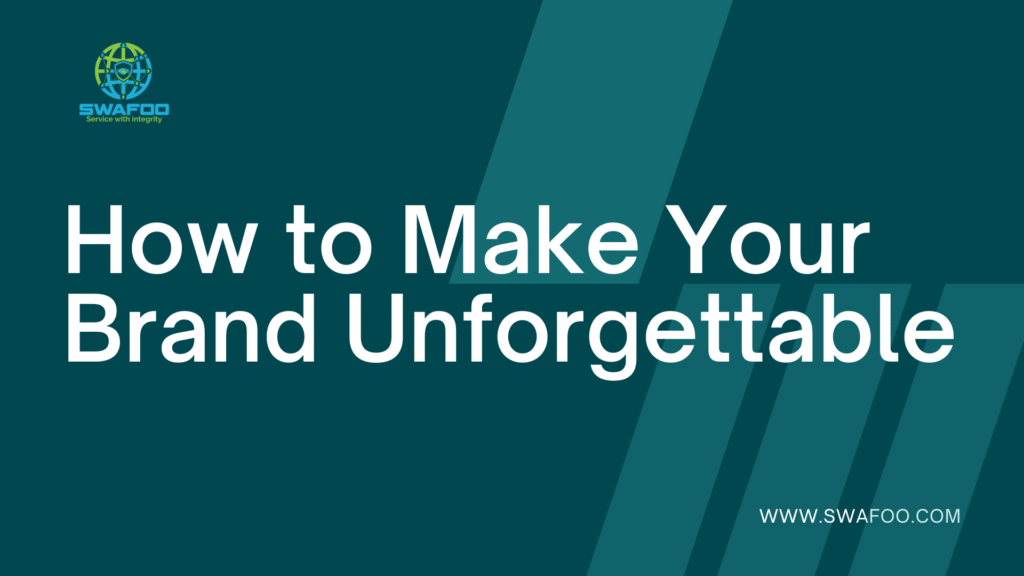Struggling With Local Reach? Try These NYC Marketing Tips
Struggling With Local Reach? Try These NYC Marketing Tips
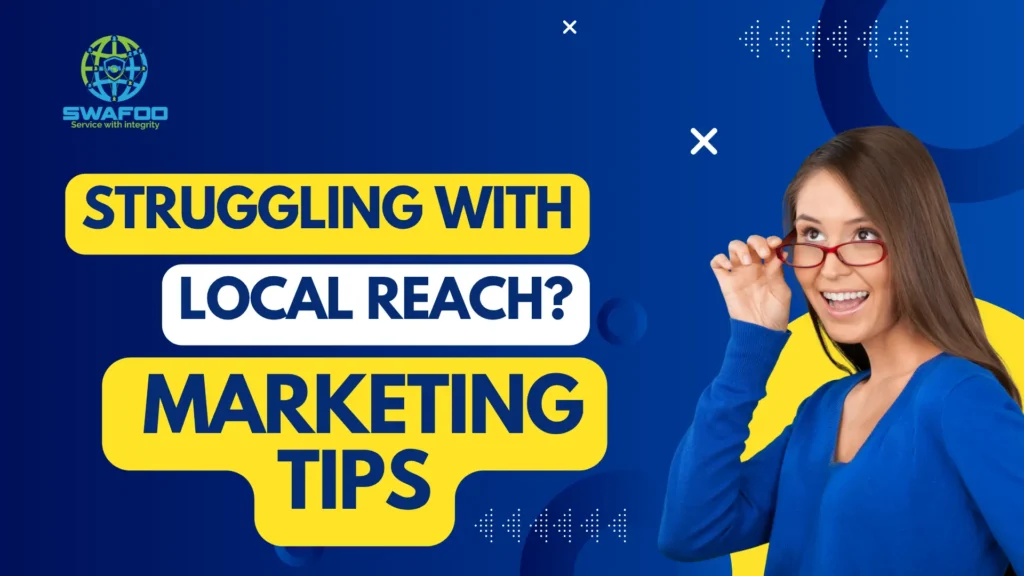
NYC Marketing Tips.New York City is the marketing capital of the world but also the most saturated. Everyone’s shouting, but no one’s listening.
If you’re a local business or startup trying to win attention in NYC, you already know: traditional tactics barely scratch the surface.
So how do some brands break through while others fade into the background?
As senior digital marketers at Swafoo, we’ve helped dozens of NYC businesses dominate their boroughs and we’re going to give you the raw, real tips that most agencies won’t tell you.
Let’s go beyond the fluff and get into what actually works.
1. Hijack NYC’s Micro-Neighborhood Culture
Forget “New York” as a single entity. You’re not marketing to NYC, you’re marketing to:
- Greenpoint moms
- Flatbush sneakerheads
- Astoria freelancers
- South Bronx first-time homebuyers
Each micro-community has its own culture, slang, and hot buttons.
Strategy: Create neighborhood-specific content funnels. Yes, it’s labor-intensive—but it’s also conversion-rich.
Example:
- Create separate landing pages titled:
- “Digital Marketing Services in Williamsburg, Brooklyn”
- “Affordable Web Design for Queens-based Startups”
- “Digital Marketing Services in Williamsburg, Brooklyn”
- Push those through hyper-local Facebook & Nextdoor ads.
- Use zip code layering on Meta and Google Ads to match the vibe + visuals.
💡 This isn’t geo-targeting. This is identity targeting, and it wins in NYC.
2. Run NYC Subway Ads but on TikTok
The subway is iconic, and so is its typography and chaos. You can’t afford a subway campaign? No problem.
Strategy: Fake it.
- Shoot vertical TikTok/Reel ads that look like they’re filmed in a moving NYC subway car. Use motion blur + subway sound overlays.
- Display your offer like it’s a PSA on the subway walls.
- Hook: “If you live in NYC, this is for you.”
Why it works:
You tap into the emotional familiarity of the subway without spending $ 100,000+ on MTA media buys. It’s native, gritty, and grabs local attention fast.
3. Use Real-Time Local Events as Conversion Triggers
Most marketers miss this goldmine: hyper-local, real-time trends.
Strategy: Piggyback on what’s happening in the city today.
- If the L train shuts down, run an ad:
“Stuck in Brooklyn? Use this downtime to fix your website.” - During NYC Marathon weekend:
- “Runners are hitting the pavement. Are you hitting your sales goals?”
Use real-time tools:
- Google Trends (set to NYC region)
- Citizen App for real-time local alerts
- Eventbrite + Meetup for trending local events
💡 NYC is always moving. Ride the wave, don’t build your own.
4. Launch a ‘No Tourist’ Offer
Locals are sick of being lumped in with tourists. Play that to your advantage.
Strategy: Run an offer or campaign only for people with a New York State ID.
- Ads:
“Not here for the photo ops? This offer is just for REAL New Yorkers.” - Redemption requires a NYS ID or NYC zip code.
This grants individuals exclusive status in a city where everyone is vying for recognition.
5. Dominate Google Business in 3 Boroughs, Not All 5
Contrary to what people say, you don’t need to rank in all five boroughs.
Strategy: Choose 3 zones for example:
- Brooklyn (your HQ)
- Queens (your target expansion area)
- Manhattan (for prestige)
Then go deep:
- Use geo-tagged images with borough-specific metadata
- Get Google reviews that name the borough
“The best agency I’ve worked with in Queens.”
This creates geographic dominance where it matters most.
6. Tap Into NYC’s Hidden Influencer Layer
Everyone talks about influencers with 100K+ followers. NYC has a secret economy of 1K–10K local micro-influencers and they’re more powerful in local campaigns.
Strategy: Work with:
- Community board leaders
- Barbershop or bodega owners on Instagram
- Local yoga instructors or tattoo artists
- PTA moms with Facebook clout
Give them:
- Free service + shoutout
- $100 flat fee per post
- Affiliate codes if needed
💡 These creators won’t show up in big databases. You’ll find them by combing hashtags like #AstoriaEats, #BKBusiness, or even “location: Ridgewood.”
7. Turn Comments Into Leads
This one’s rare: Turn local comment sections into lead generators.
Strategy:
- Monitor local media like @NYScanner, @TheBronxDaily, @Bklyner
- When posts go up about real issues (heat outages, flooding, traffic), jump in the comments not to sell, but to help
Example comment:
“If your business was impacted by [local disaster], DM us. We’re offering free audits for local stores this week.”
Done tastefully, this builds trust, visibility, and local authority.
8. Don’t Ignore NYC’s Email Obsession
New Yorkers are glued to their phones, but especially to Gmail and iCloud.
Strategy: Use triggered, borough-specific emails.
Set up email flows:
- Abandoned cart with NYC slang (“Don’t ghost us like an L train delay 🗽”)
- Welcome flow with local humor (“You’re in good hands—Brooklyn-tested, Bronx-approved.”)
- Local events = email offers (e.g. “Summer in Queens? We got deals to match the heatwave.”)
💡 Don’t use generic Mailchimp templates. Use custom HTML or Swafoo-designed layouts to make a lasting impression.
9. Create a “Swafoo-Style” Digital Welcome Mat
Last but not least…
Strategy: Build a dedicated local landing page experience per campaign.
The homepage is for the world. Your borough page is for the block.
- Address local problems
- Show reviews from local clients
- Add map embeds
- Use borough-based slang and humor
This creates frictionless trust, the #1 driver of local conversions.
Final Thoughts
Most digital agencies play it safe. At Swafoo, we don’t.
NYC is loud, chaotic, and fiercely competitive, but it’s also the best city in the world to scale if you do it right.
These strategies aren’t theory. They’re built from trenches. And when used right, they don’t just get you more reach they give you real NYC credibility.
Ready to go local and go big?
Let Swafoo help you own your borough.
Share This Post
Subscribe To Our Newsletter
Get updates and learn from the best
More To Explore
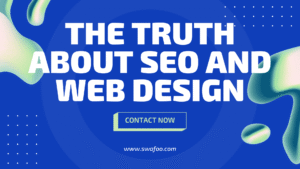
The Truth About SEO and Web Design: How Smart Design Can Improve Your Ranking
SEO and Web Design Every business wants to appear at the top of search engines. But few realize how closely web design and SEO work
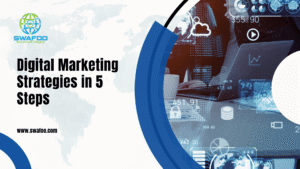
Digital Marketing Strategies in 5 Steps: How to Create One That Delivers Results
Marketing Strategies Creating digital marketing strategies that actually work isn’t about chasing trends or using every platform at once. It’s about focus, knowing what your
